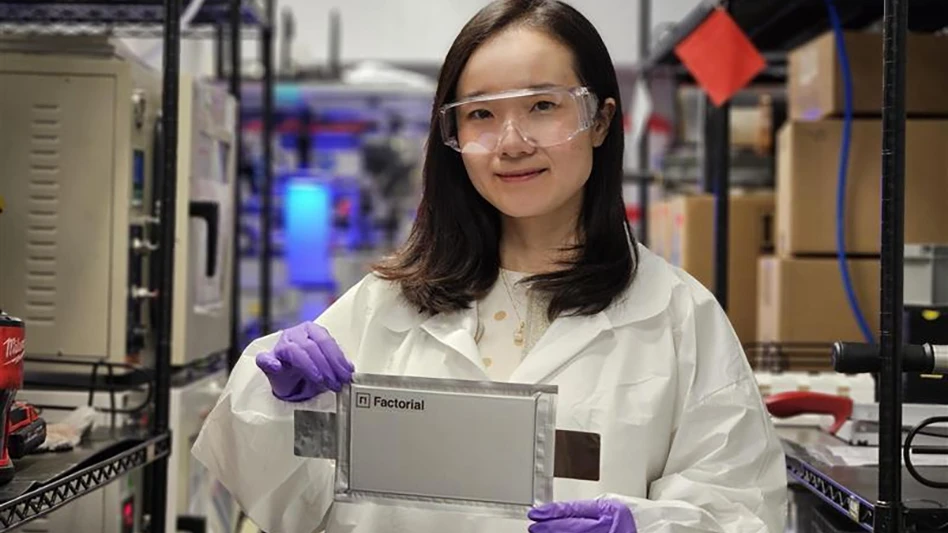
CREDIT: INTERNATIONAL COUNCIL ON CLEAN TRANSPORTATION
The transition to electric vehicles (EVs) is driving a surge in demand for batteries and the materials required to produce them. A new study from the International Council on Clean Transportation (ICCT) projects that global reserves of key minerals and planned mining and battery production capacities will be sufficient to meet the anticipated global demand stemming from electric road transport.
The report, Electrifying Road Transport with Less Mining: A Global and Regional Battery Material Outlook, assesses future battery material needs for battery electric vehicles and plug-in hybrid vehicles across all road transport sectors. It presents a global overview and in-depth analyses of specific markets (China, the European Union, India, Indonesia, and the United States), comparing projected battery demand with announced production capacities and mineral supply availability.
“We have enough key materials and planned production to meet future vehicle electrification targets globally. While announced battery production capacities in the US and the EU would be more than sufficient to meet the 2030 demand with domestic manufacturing, it is critical to ensure that a large share of these investments can be realized and maintained,” says lead author Eyal Li.
The study estimates that announced global battery production capacities exceed demand through 2030, even when only considering facilities that market research firm Benchmark Mineral Intelligence assesses to be “highly probable” to reach projected output. A large share of the battery production capacities are located in China. In the European Union and United States, the total announced capacities would grow rapidly to meet 99% and 130% of domestic demand by 2030, respectively. Considering only highly probable projects, these would still meet 103% of demand in the United States but they would cover just 72% of battery capacity demand in the EU, highlighting the importance to support the realization of announced investments. India and Indonesia face more limited production outlooks, with announced capacities meeting 49% and 44% of domestic demand, respectively, by the end of this decade.
For the global supply in battery minerals, the report shows that the scaling-up of mining capacities is keeping pace with the growing demand in the medium term, while global mineral reserves are sufficient to support future battery production in the long term. Under conservative scenarios—assuming reliance solely on lithium-ion technologies commercialized by 2024 and the continued growth of battery sizes—cumulative demand by 2050 would utilize just 49% of current lithium reserves, 38% of nickel reserves, and 38% of cobalt reserves.
The study also explores policies to reduce mining while maintaining the rate of vehicle electrification resulting from policies and targets that have been announced globally. Measures to foster an efficient battery recycling ecosystem, a reduction in the battery size of passenger vehicles, and a change in vehicle sales through avoided transport demand and modal shift policies could considerably reduce the demand in raw materials.
“We don’t need to mine more than necessary. We can curb new mining demands and make electric vehicles even more sustainable. For example, reversing the ongoing trend of growing size of electric vehicle batteries would make electric vehicles more affordable and reduce the battery material demand by 28% already in 2035,” says Georg Bieker, senior researcher at the ICCT.
Latest from EV Design & Manufacturing
- Technology promises to make shrink fit holder processing easier, safer
- Latest Battery Workforce Challenge partner introduces recyclability into competition
- LK Metrology lowers carbon footprint of machines
- Zinc-sulfur batteries: another alternative to lithium-ion?
- Machine vision camera offers compact size, low power consumption
- Major EV industry players sign agreement to build large-scale battery plant in Spain
- Battery health and safety solution aims to reduce EV incidents
- IMTS 2024 Booth Tour - Niigata





